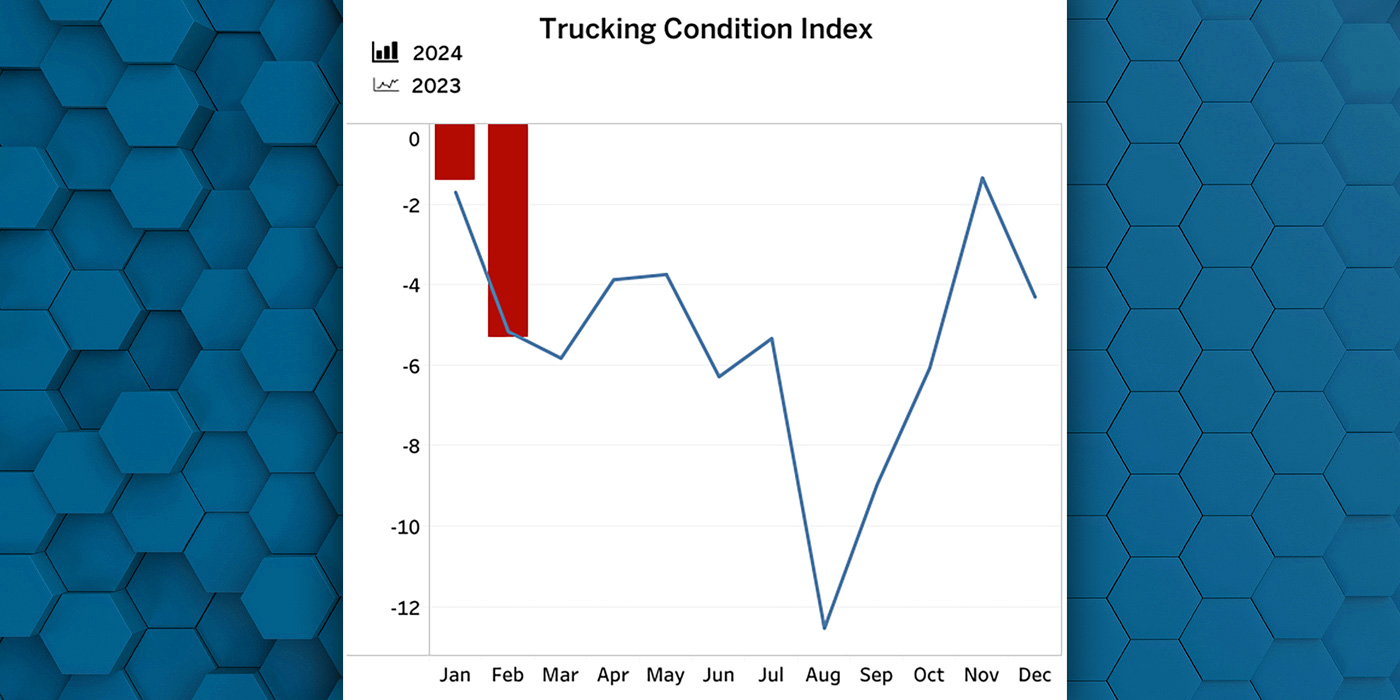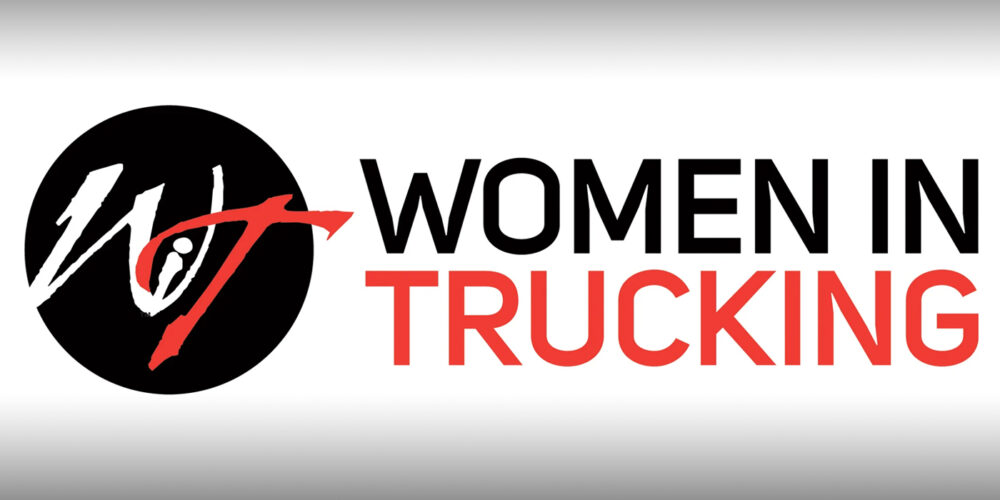To improve efficiency of the powertrain, engine downspeeding can be achieved with either a 6×4 or 6×2 axle configuration. However, all the driveline components must work in concert to ensure proper performance.
“Regardless of axle configuration, customers should always work with their OEM, engine rep and or axle rep to specify the correct drivetrain configuration that will work for them,” said Karl Mayer, director of product line management, North America Drive Axles for Meritor. “The entire system must be matched, including engine, clutch, transmission, driveline, axle model and ratio, along with tires. Each of these working together is needed to optimize fuel economy, startability and gradeability.”
Mayer went on to explain that with fast axle ratios, it’s important to note that some of the drivetrain components may need to be upsized, which can lead to increased cost or weight. He also continued to stress the importance of the fleet working directly with the OEM and supplier.
“An important point to remember is that vehicles must be specified for their specific application,” he said. “If a customer has a vehicle with a downsped engine and very fast axle ratios running longhaul during the day, it may experience performance and component life issues if that same vehicle is utilized for pickup and delivery at night.”
For example, Brad Williamson, manager, powertrain marketing for Detroit, explained that fleets that typically haul more than 80,000 lbs. or drive faster than 65 MPH, should first evaluate downspeeding against duty cycles before making a decision.
To accommodate a downsped engine, the transmission needs to be tuned to handle the engine speeds and an axle needs to be ready to accept it. It’s not a function of the axle configuration, but instead a function of the axle ratio, that downspeeding needs to perform correctly, Williamson said. “The main reason for choosing a 6×2 over a 6×4 is the available ratios and the desire to improve fuel economy, because there is an increase in efficiency with a 6×2 configuration,” he stated.
Engine downspeeding requires axles with sufficiently fast ratios to maintain the 200 HP needed at the wheel end despite the lower engine RPM. However, for every 100 RPM drop in engine speed, the torque goes up significantly to maintain full power. In a recent whitepaper, Dana Holding Co. explained the complications of this high-torque axle environment. It stated, “by decreasing an engine’s RPM at cruise speed from 1,450 RPM for the typical engine to 1,125 RPM for a downsped engine, torque loads in the driveline increase by 57%. These higher torques place added stress on the axle, driveshaft and inter-axle shaft, greatly reducing the life of these components, especially U-joints.
“An axle with numerous innovations [is necessary] to improve performance in a high-torque environment, including more capable primary gear, more capable input shaft and pinion splines, more capable input and pinion bearings, and faster ratios to match intended operating speeds with superior reliability over the long haul,” explained Steve Slesinski, director of product planning, Dana Commercial Vehicle Driveline Technologies. “Engine downspeeding also requires a driveshaft and inter-axle shaft engineered to maximize the efficiency and durability of the tandem axle, with innovations such as a larger U-joint cross engineered for high strength, larger bearings with greater capacity, and a high-density package to fit within existing design envelope.”
For those concerned that adding more robust driveline components will add weight and lower efficiency, fear not: Detroit, Dana and Meritor all agree that the added efficiency that downspeeding offers more than offsets any additional weight or potential decrease in payload. Meritor’s Mayer explains:
“It may be a surprise, but weight has a very minimal impact on fuel economy,” he said. “Studies have shown that 1,000 lbs. in weight reduction would equate to a .5% to .8% increase in fuel economy, so the reverse would be true of additional weight negatively impacting fuel economy.”
If you compare similar 6×4 and 6×2 axle ratios, downspeeding can improve fuel savings by 2% to 2.5%, according to Meritor.
Dana reported that the gain in fuel efficiency achieved by slowing down the engine at highway cruise speed is approximately 1% for each 100 RPM reduction in engine speed enabled by faster axle ratios. This calculation applies to both 6×4 and 6×2 configurations, Slesinski explained.














